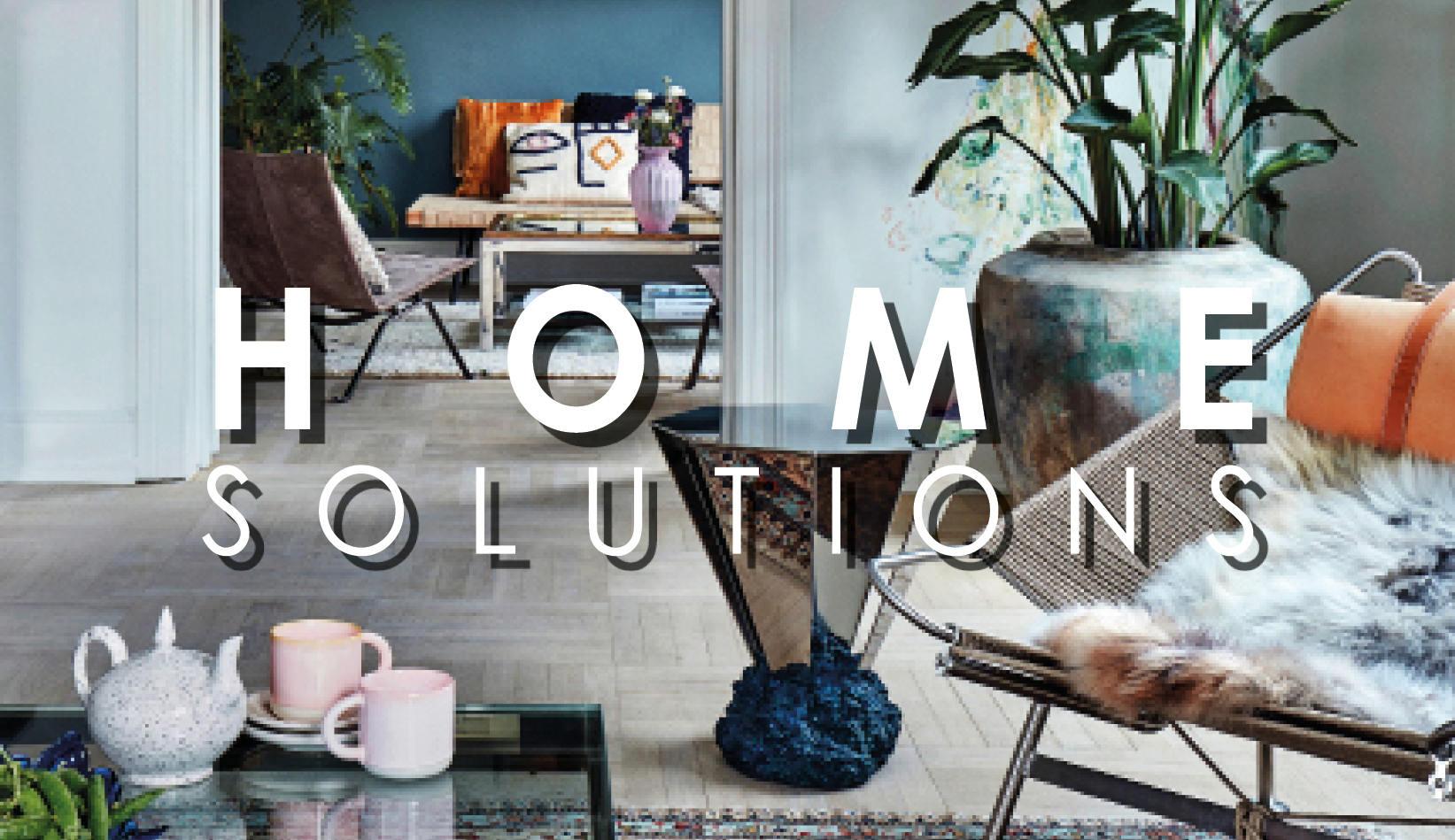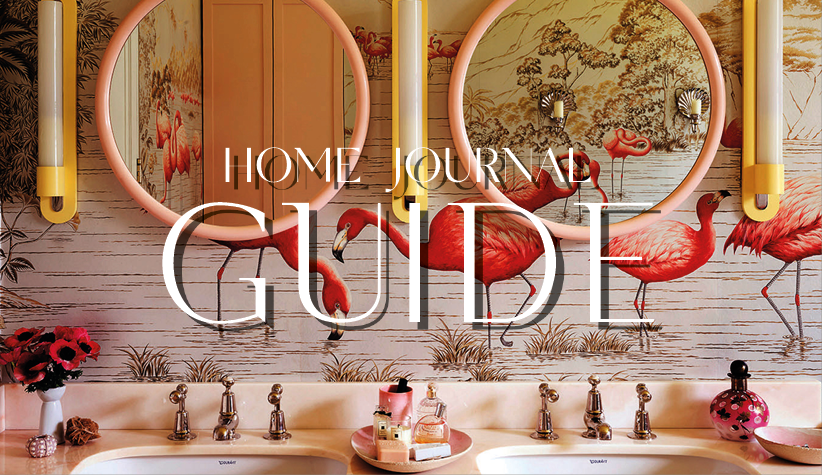Abstract cross, cloister-inspired kitchen island, and egg-shaped ceiling are just a few of the subtle religious symbols in this serene, chapel-like home.
Faith is a powerful force, one that can transform not just hearts and minds but also physical spaces. For a devoted Christian couple and their children, it became the guiding principle behind their sculptural, six-story home on Hong Kong Island.

Conceived by architect Nelson Chow, founder of NC Design and Architecture Ltd., the 4,500-square-foot residence, dubbed Chapel Residence, reinterprets Christian spirituality through graceful curvilinear design.

"The brief was to create a sanctuary inspired by serene religious architecture, reinterpreting Christian spirituality for modern residential living. They wanted a home that nurtures calm, reflection, connection, and everyday rituals without being overtly religious," explains Chow, who achieved this vision through what he calls "subtle abstractions."
Working with a predominantly white palette, Chow put form front and centre. "Since the palette used is very minimal, mainly white, the forms become very important in this house," he says.

Graceful curves define every corner of this house. Upon arrival, you are greeted by a chapel-inspired foyer that "sets a tone of peaceful welcome". You then pass through towering organic arches – designed to mirror the human form – into a double-height living lounge.

Here, rounded forms and fluid lines create an instantly soft, organic and cocooning vibe. A drapery-like fireplace interacts with natural light, while ocean-wave artwork and an egg-shaped ceiling feature symbolising renewal complete the serene and abstract composition.

"3D-printed techniques are often used to create a diversity of sculptural elements, and later hand-plastered to create a refined appearance," Chow explains.
In the adjacent kitchen, a marble island takes pride of place. Its cloister-like, voluptuous design evokes the quiet intimacy of sacred spaces while serving as a functional centerpiece for family gatherings.

Throughout the home, a travertine handrail threads up a staircase that connects all six levels, creating vertical continuity as it leads to the dining room on the second floor, entertainment spaces, and private zones on the upper floors.


Chow's attention to spiritual symbolism reveals itself in unexpected details. The dining room, for instance, features a custom travertine table with undulating edges, crowned by an abstract cross that cleverly merges with pendant lighting above. In the bathrooms, wavy bathtubs and leaf-detailed sinks continue the theme of organic, uplifting forms.


"Materials are carefully chosen," Chow stresses, "like marble from the Greek island of Tinos and travertine from Italy for endurance and beauty."
The three-year collaboration between Chow and the couple evolved into a friendship that enables such deep personalisation. "The couple is involved in real estate development, which gives them a keen appreciation for innovative and meaningful design," Chow reflects. "They became integral to the process and became good friends which deepened the personalization of the space to reflect their values of faith, family, and tranquility."














